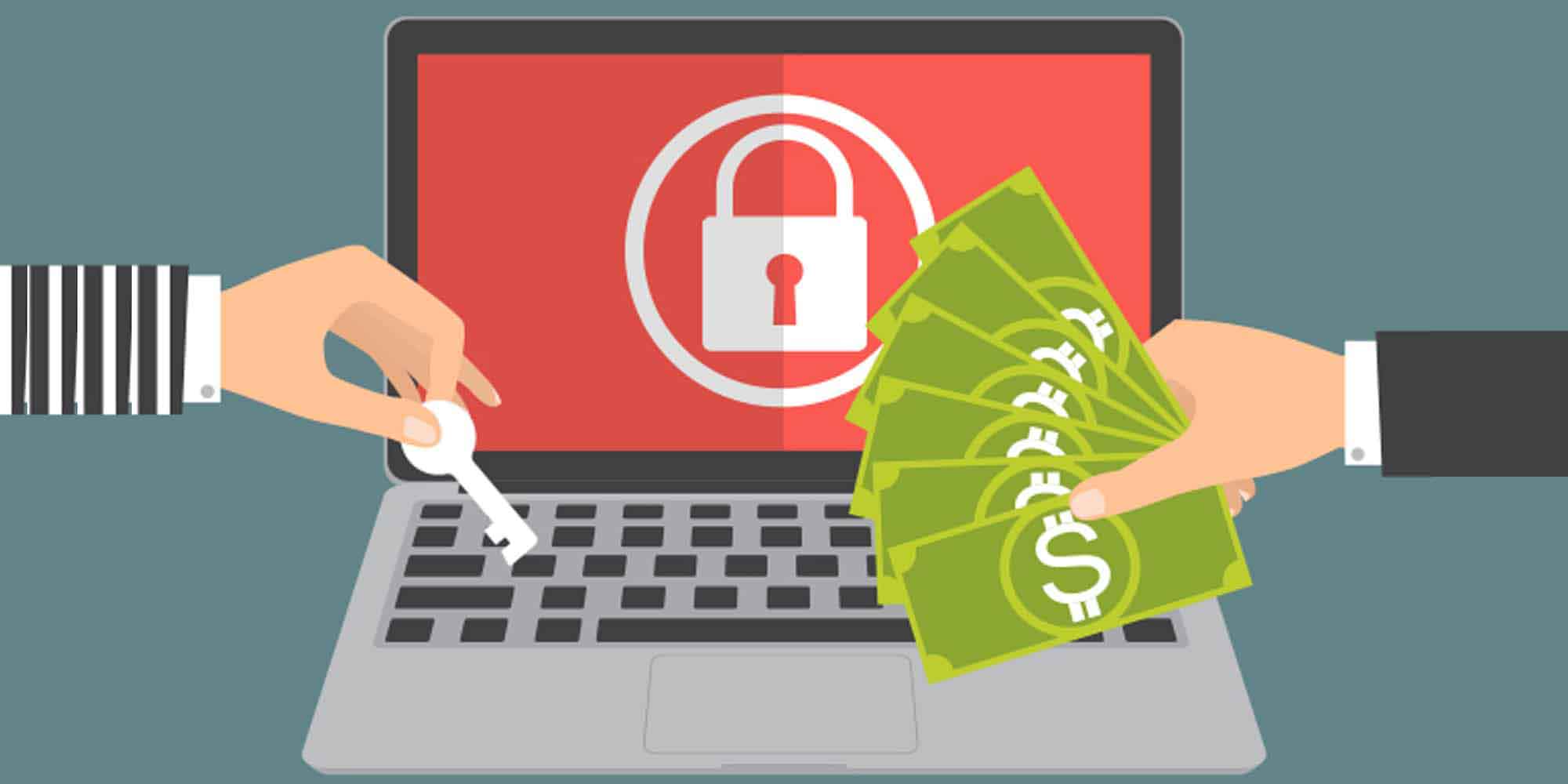
Protecting Sensitive Data: Common PAM Mistakes to Avoid
Privileged Access Management (PAM) is one of the most crucial pieces of cybersecurity. It refers to the practice of managing, monitoring, and controlling access to sensitive information and systems within an organization. PAM is important because it helps to prevent cyberattacks and data breaches by limiting access to sensitive data to only those who need it. However, there are common mistakes that organizations make in PAM that can put their data at risk. In this article, we will discuss some of these mistakes.
1. Not having a PAM strategy
One of the most common PAM mistakes that organizations make is not having a Privileged Access Management (PAM) strategy in place. Without a clear strategy, it is difficult to know who has access to what data, and how that access is being monitored and controlled. A PAM strategy should include policies and procedures that outline the types of users who require privileged access, how that access is granted and revoked, and how it is monitored and audited.
2. Failing to enforce least privilege
Another common mistake is failing to enforce the principle of least privilege. This means that users are only granted the minimum level of access required to perform their job functions. All too often, users are granted excessive privileges that they don't need, which can lead to data breaches if those privileges are abused.
3. Not monitoring privileged access
Even if an organization has a PAM strategy in place, it's not enough to simply grant access and then forget about it. In order to make sure that privileged access is being utilized properly, organizations need to regularly monitor it. This includes monitoring who is accessing sensitive data, when they are accessing it, and from where.
4. Sharing privileged accounts
Another common mistake is sharing privileged accounts. When multiple users share the same privileged account, it becomes difficult to track who is accessing sensitive data and when. It also makes it difficult to revoke access if a user leaves the organization or if their job function changes.
5. Not rotating passwords
Passwords are a critical component of PAM, but all too often organizations fail to rotate passwords on a regular basis. This can lead to password fatigue, where users are using the same password for multiple accounts, or using weak passwords that are easy to guess. Passwords should be rotated regularly and should meet strong password guidelines.
6. Neglecting to conduct regular audits
Finally, organizations must conduct regular audits of their PAM practices to ensure that they are effective. This includes reviewing who has access to sensitive data, whether that access is appropriate, and how that access is being monitored and controlled. Audits should be conducted on a regular basis, and any issues that are identified should be addressed immediately.
As a final point, PAM is critical for protecting sensitive data within an organization. However, there are common mistakes that organizations make that can put their data at risk. By having a clear PAM strategy in place, enforcing least privilege, monitoring privileged access, avoiding shared privileged accounts, rotating passwords regularly, and conducting regular audits, organizations can mitigate the risks associated with privileged access and protect their sensitive data from cyber threats. If you do not have a PAM strategy yet and do not know how to do it, contact us to benefit from our cybersecurity experts to protect your organization's critical digital assets and create a roadmap.
Other Blogs













